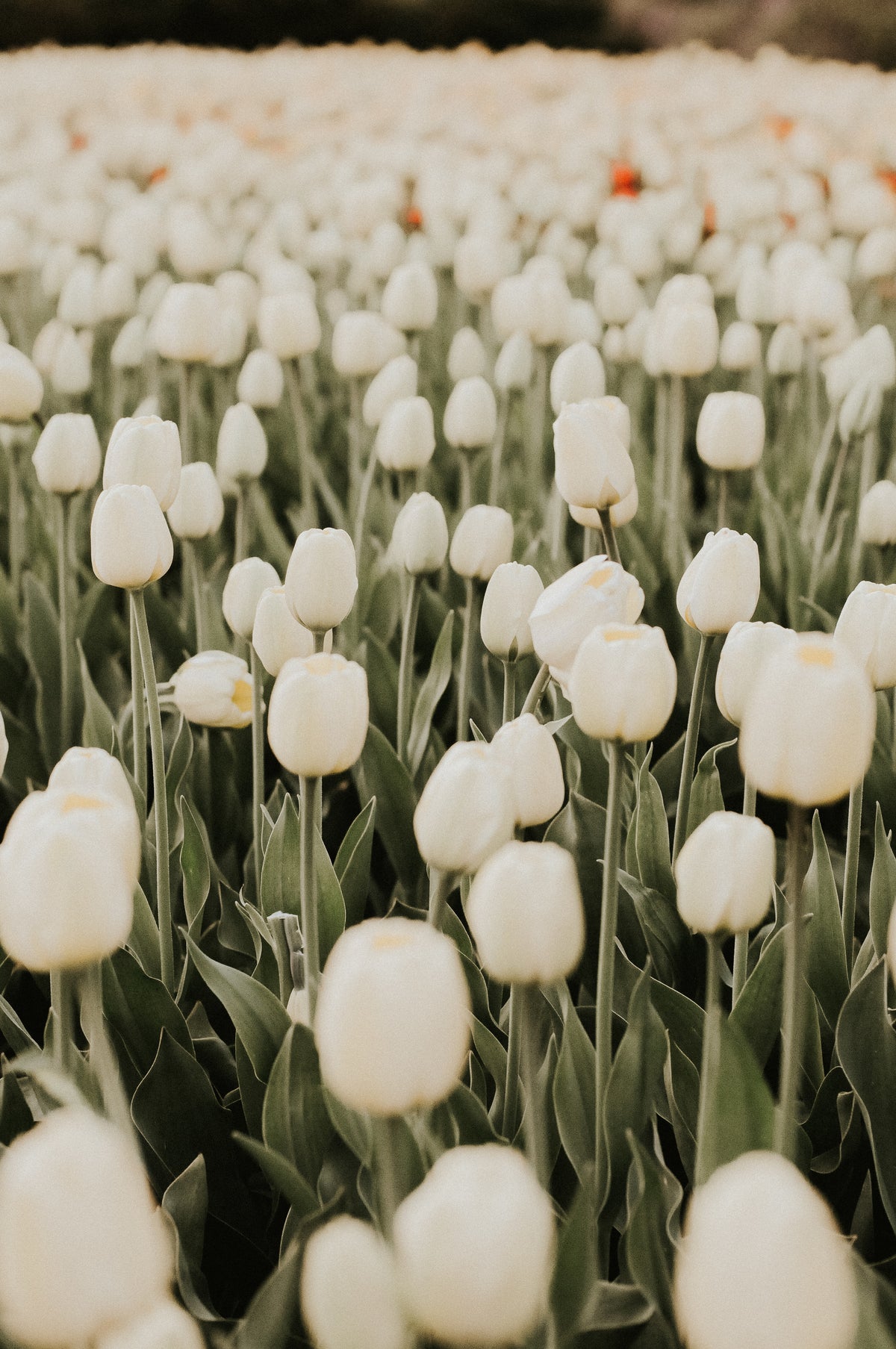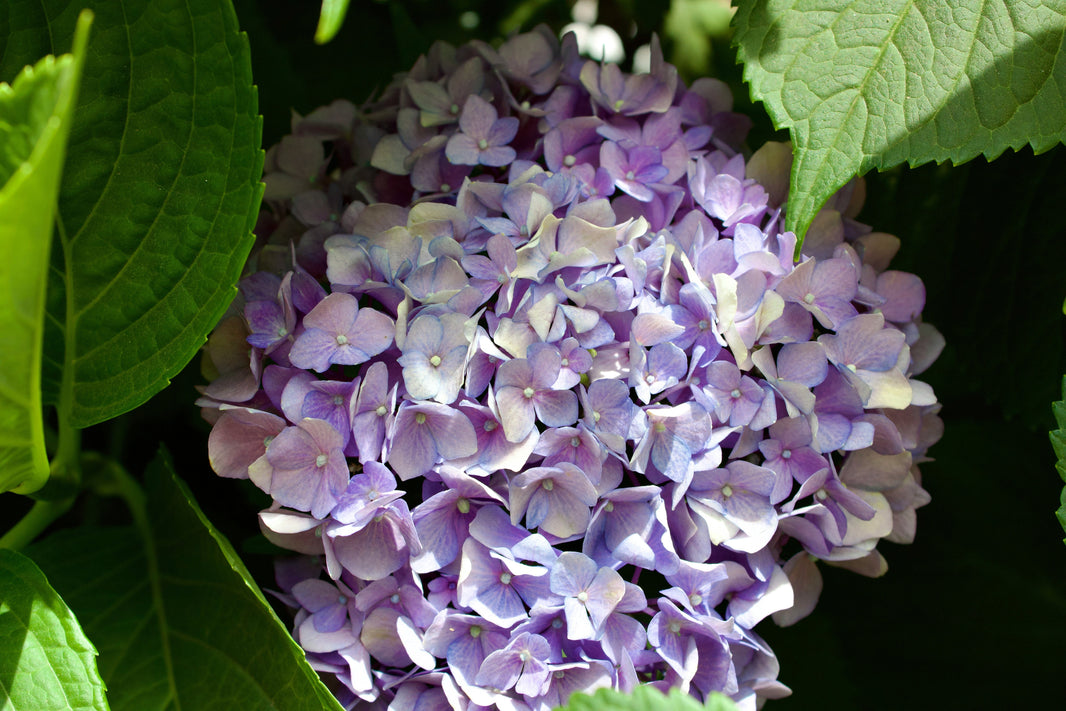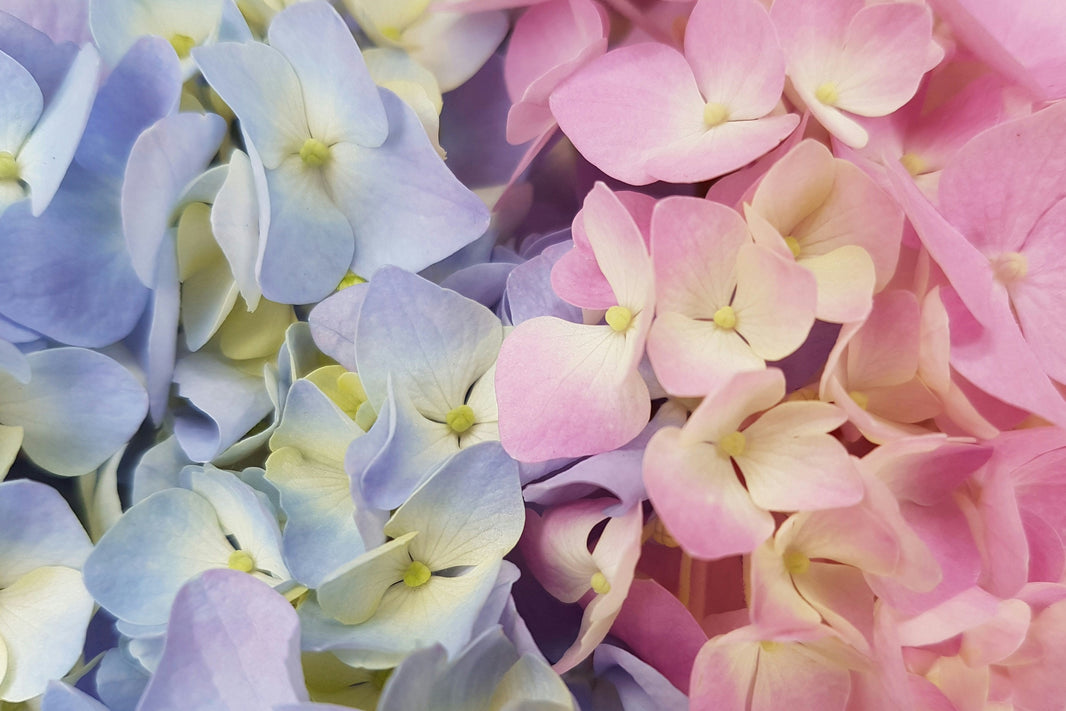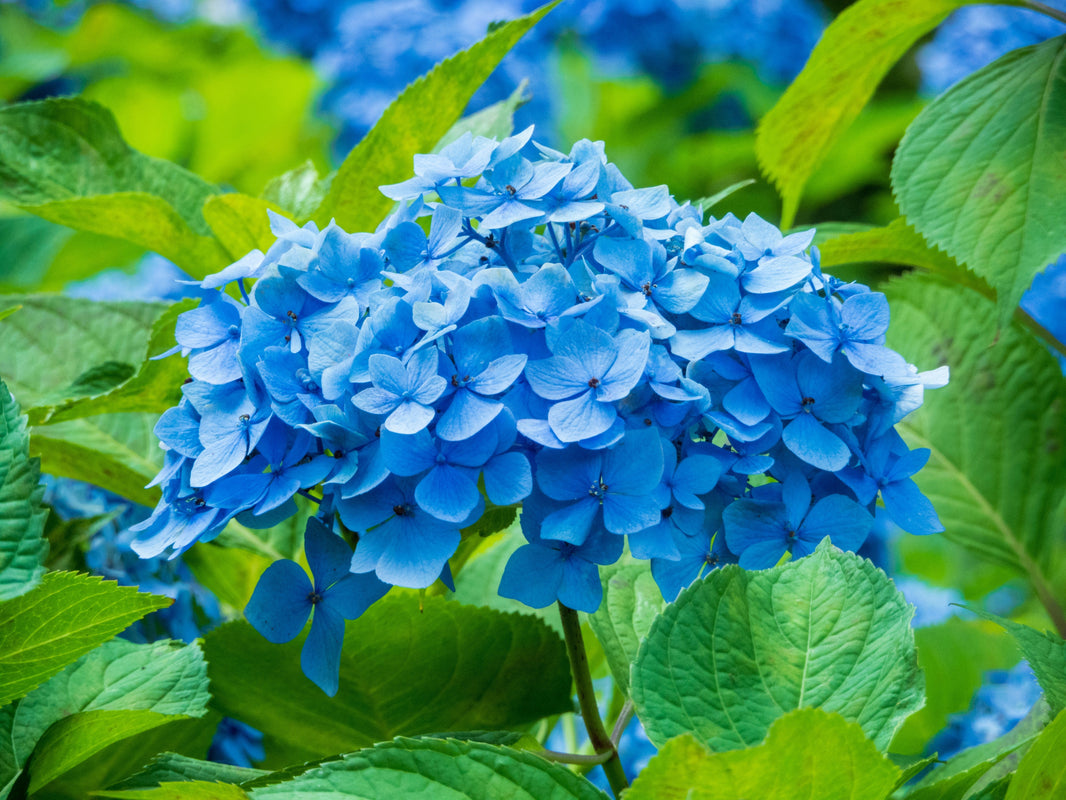Roses are among the most beloved and sought-after flowers in the world. From romantic bouquets to stunning centerpieces, their lush petals and enchanting aroma make them a timeless favorite for nearly every occasion. But as with all cut flowers, preserving their beauty for as long as possible is both a science and an art.
Flower enthusiasts and florists alike have long searched for creative ways to keep roses looking fresh and vibrant. While commercial preservatives are widely used, many home-based solutions continue to circulate—each promising to extend vase life with ingredients commonly found in the kitchen. One such ingredient is baking soda.
Used in everything from cleaning to deodorizing and baking, baking soda is renowned for its versatility. Some claim that when added to vase water, it can prevent bacterial growth, reduce odors, and potentially extend the life of cut roses. But does science support these claims, or is baking soda another floral care myth?
To answer this question, we must first examine the biology of rose hydration and the factors that contribute to floral decay. Roses, with their dense woody stems and delicate petals, are particularly susceptible to stem blockages, bacteria, and hydration issues that quickly shorten their lifespan in a vase.
Baking soda is a mild alkaline compound known for its ability to neutralize odors and regulate pH. In theory, altering the pH of vase water could influence bacterial activity and water absorption—but the effects are not always positive. The natural preferences of roses need to be considered before changing their water chemistry.
With the rise in wholesale flowers purchases for weddings, events, and retail, preserving large quantities of roses has become a high-stakes endeavor. Even small differences in hydration and vase life can impact visual appeal, customer satisfaction, and overall floral success.
This comprehensive blog post explores the real impact of baking soda on rose longevity, backed by floral science and practical insights. Whether you’re maintaining a single bouquet or preparing dozens of arrangements from suppliers like WholesaleFlowers.net, you’ll learn whether baking soda belongs in your rose care routine—or if it’s best left in the pantry.
Understanding Rose Hydration and Lifespan
Roses, like all cut flowers, rely heavily on the health of their stems and the quality of the water they’re placed in after cutting. Once a rose is removed from the plant, it can no longer draw nutrients from its roots and must instead absorb water through its cut stem to remain fresh and hydrated.
Water enters the rose through xylem vessels—tiny internal tubes that act like straws. These vessels transport water from the bottom of the stem all the way to the petals and leaves. If the xylem becomes blocked or damaged, the rose will wilt, droop, and eventually die prematurely.
A major cause of xylem blockage is bacteria. Once a flower is cut, sugars and plant material begin to leach into the water, creating an ideal environment for microbial growth. These bacteria rapidly multiply and form slimy colonies that clog the vascular system, preventing proper hydration.
Cutting stems at an angle and under running water helps prevent air bubbles and maintains xylem openness. Trimming the stems every two days and changing the water regularly also minimizes bacterial buildup, keeping the internal water channels clear and functioning.
Water pH plays a crucial role in the rate of hydration and bacteria control. Most roses thrive in slightly acidic environments, with a pH between 3.5 and 5.5. This range helps keep the water flowing smoothly through the xylem and slows bacterial proliferation.
Baking soda, by contrast, is an alkaline compound. When added to water, it raises the pH—potentially altering the environment within the vase. Whether this is beneficial or harmful depends on the concentration used and the specific needs of the flower being treated.
For roses, whose hydration efficiency depends on acidic water, this shift in pH may lead to slower water uptake and more rapid decline. Therefore, understanding how baking soda alters the water environment is crucial before introducing it as a floral additive.
To assess the effectiveness of baking soda in preserving roses, it’s essential to monitor how these physiological processes respond to the altered chemistry. Only then can we determine if it’s a useful preservation tool or a hindrance to rose longevity.
The Science Behind Baking Soda as a Floral Additive
Baking soda, or sodium bicarbonate, is widely celebrated for its household versatility. It’s commonly used in baking, cleaning, and deodorizing because of its ability to balance pH levels and reduce odors. But when it comes to flower care, the science behind baking soda’s effects is less clear—and more controversial.
Sodium bicarbonate is an alkaline substance with a pH of around 8.3 when dissolved in water. This means it raises the pH of any solution it is added to, making it less acidic. While this might be beneficial in some cleaning applications, it can pose problems for flowers that prefer an acidic environment.
Roses, in particular, rely on slightly acidic water to maintain efficient hydration. When water becomes too alkaline, the xylem vessels may constrict or partially close, reducing the amount of water that reaches the bloom. This results in premature wilting, petal curling, and leaf yellowing.
The theory behind using baking soda in vase water stems from its odor-neutralizing and antibacterial properties. In lab settings, sodium bicarbonate has demonstrated some ability to reduce microbial growth, particularly on surfaces and in food. However, its effectiveness in standing water is considerably weaker.
In floral care, bacterial control must be immediate and strong to be effective. Since baking soda is not a true biocide, it may not be potent enough to stop bacterial blooms once they begin in vase water. Without adequate microbial suppression, the xylem becomes clogged—regardless of the solution’s pH.
Some supporters of the baking soda method argue that it keeps vase water clearer and odor-free for longer. While this may appear true in casual observation, the absence of cloudiness doesn’t always mean the water is free of harmful bacteria. Microbial colonies can still flourish in clear water.
Salt content is another concern. Sodium bicarbonate introduces sodium ions into the water, which can build up in stems and potentially interfere with osmotic balance. Over time, salt accumulation may cause cellular damage or dehydration in rose petals and leaves.
In conclusion, while baking soda has theoretical advantages, the scientific evidence supporting its use as a floral preservative—especially for roses—is weak. Any potential benefits must be weighed against its alkaline nature, weak antibacterial capacity, and the rose’s biological need for acidic water.
Experimental Results: Baking Soda’s Impact on Roses
To get a clearer picture of baking soda’s effect on rose longevity, various informal tests have been conducted using side-by-side vase comparisons. Roses placed in plain water, commercial floral preservative, and baking soda-infused water were observed for up to a week, noting differences in appearance, petal condition, stem integrity, and water clarity.
In nearly every test, roses in commercial floral preservative performed best. Their petals stayed upright and hydrated, the stems remained firm, and the water showed minimal cloudiness even after four days. These results were consistent across different rose varieties, including hybrid teas and garden roses.
The roses placed in plain tap water did relatively well during the first two to three days but started showing signs of decline by day four. Common symptoms included curling petals, mild browning on the edges, and softening of the stems. Water quality degraded faster, with noticeable cloudiness and odor.
Roses in baking soda water had mixed results. On day one, they appeared nearly identical to the control group, but by day three, some differences began to emerge. Petals looked slightly more shriveled, and a few stems showed early signs of bending. By day five, the difference became more pronounced.
The most consistent issue was petal crisping and edge browning. These symptoms suggest that the stems were not drawing water effectively—likely due to pH interference or mild sodium toxicity from the baking soda. Additionally, while the water remained relatively clear, the roses still exhibited typical signs of dehydration.
Some testers attempted to counteract these effects by adding sugar to the baking soda water. This provided minimal improvement in petal strength but did not offset the hydration issues caused by the alkaline pH. Even when paired with lemon juice to balance the pH, the results were inconsistent and hard to replicate.
In none of the tests did baking soda significantly extend the lifespan of the roses. At best, it offered similar performance to plain water, and at worst, it hastened the decline of sensitive blooms. The supposed antibacterial benefits did not manifest in longer-lasting freshness or better petal quality.
These experimental results confirm that baking soda is, at best, a neutral addition to rose water—and at worst, a hindrance to proper hydration. While it may work marginally for more robust flowers, it does not appear to support the specific needs of delicate, high-performance blooms like roses.
The Importance of pH in Rose Water and Why It Matters
Water pH is one of the most crucial yet misunderstood elements in floral care. While most home flower enthusiasts focus on trimming stems and changing water, fewer realize that the acidity or alkalinity of vase water plays a foundational role in rose longevity and hydration efficiency.
The xylem vessels in rose stems act like tiny pipelines, carrying water and nutrients from the base to the bloom. When water is slightly acidic (pH 3.5–5.5), it promotes optimal hydration by reducing air bubbles and keeping the vascular tissue open. This pH level also inhibits the growth of many bacteria, contributing to clearer water and longer vase life.
Tap water is usually neutral or slightly alkaline, depending on your municipal water supply. Without adjustment, it may not provide the optimal environment for hydration, particularly for pH-sensitive flowers like roses. That’s why acidifiers—like citric acid or vinegar—are often added to floral water in commercial preservatives.
Baking soda works in the opposite direction. It raises the pH of water, making it more alkaline. While this might sound like a small change, even slight shifts in pH can affect a rose’s ability to absorb water effectively. This leads to symptoms like drooping, petal curling, and shortened bloom life.
Another problem with high-pH water is microbial growth. Contrary to popular belief, many flower-damaging bacteria thrive in slightly alkaline water. Baking soda’s antibacterial strength is not enough to offset this risk, and the elevated pH can actually accelerate microbial spread in some cases.
Some florists attempt to balance baking soda’s alkalinity by mixing it with acidic ingredients like lemon juice or vinegar. While this can bring the pH back into an acceptable range, the result is often inconsistent. Without a pH meter, it’s difficult to know if the solution is truly balanced—or if it swings too far in either direction.
In professional settings, especially when working with wholesale roses, water pH is often tested and adjusted with precision. Florists rely on pH strips or digital meters to ensure that all stems are conditioned in optimal conditions before storage or design. This ensures maximum freshness and performance.
In conclusion, while pH may seem like a background detail, it plays a starring role in rose care. Raising water pH with baking soda goes against what roses naturally prefer. For better results, solutions that maintain or enhance acidity—rather than alkalinity—are far more effective.
The Role of Clean Water vs. Additives in Rose Preservation
One of the most essential yet underrated factors in rose longevity is water cleanliness. Regardless of what additives are used—baking soda, floral food, or sugar—if the water is not clean, bacteria will multiply and quickly shorten the life of your roses.
Clean water is defined by more than just clarity. While murky or smelly water is an obvious sign of bacterial growth, even clear water can harbor harmful microbes that block stem vessels and reduce hydration. Regular water changes are essential to keep these issues at bay.
Baking soda is often added with the intention of keeping water fresh. Its deodorizing properties can help mask unpleasant smells, and its mild alkalinity may slightly discourage microbial growth. However, these effects are mild and short-lived compared to professional treatments.
In reality, changing the water every 24 to 48 hours and re-trimming the stems is more effective than any single additive. Each time you change the water, you flush away bacterial colonies, debris, and decaying plant matter—effectively resetting the vase environment.
Using sanitized vases also matters. Residual bacteria left in a vase from a previous arrangement can infect fresh water, even if additives like baking soda are present. Scrubbing the vase with hot water and a gentle disinfectant is the best first step in any floral setup.
Additives like floral preservatives contain multiple components that work together: acidifiers to improve hydration, sugar to feed the bloom, and biocides to kill bacteria. Baking soda, while useful in some applications, only addresses one small part of this trio—and even then, not very effectively.
In tests where roses were placed in plain clean water versus water with baking soda, the clean water group often fared better. This reinforces the idea that cleanliness and good habits outweigh the use of most household additives when it comes to flower longevity.
Ultimately, if you want to keep roses fresh longer, focus first on water hygiene. Trim stems regularly, change the water often, and use properly measured additives when necessary. Baking soda may be acceptable in a pinch, but it cannot replace the foundation of good rose care.
Misconceptions About Baking Soda in Flower Care
Despite its popularity as a household item, baking soda’s reputation in flower care is built more on myth than measurable results. Many people assume that because baking soda works well in cleaning and deodorizing, it must offer the same benefits when added to floral arrangements. But flower preservation is a different science altogether.
One common misconception is that baking soda can act as a comprehensive floral preservative. In truth, it does not contain any nutrients like sugars to nourish the flower or strong enough antimicrobials to effectively stop bacterial growth. Floral preservatives are carefully balanced to provide all three: food, acidity, and sterilization.
Another myth is that baking soda keeps water clearer and more “pure.” While it may suppress odor to some extent, it does not sterilize water. In fact, the higher pH can encourage the growth of certain bacteria, especially in warm environments where microbial blooms thrive. Clear water doesn’t always mean clean water.
Some believe baking soda improves hydration in roses. As we’ve seen, roses prefer acidic water, which facilitates faster capillary action in their stems. Baking soda, by increasing alkalinity, can slow water uptake, resulting in wilting, petal curling, or dropped blooms within a few days.
There’s also the idea that baking soda is a safe “natural” alternative to chemical floral food. While it’s true that baking soda is non-toxic and biodegradable, that doesn’t automatically make it beneficial. “Natural” doesn’t always equal “effective” in floral preservation—especially when the biological needs of the flower aren’t addressed.
The belief that baking soda is harmless at any concentration is also misleading. At high concentrations, the sodium component can cause osmotic stress in the flower cells, leading to discoloration, dehydration, and tissue damage. Even small overdoses can cause visible effects in more delicate blooms.
Baking soda is sometimes confused with baking powder, a compound that contains acids and other stabilizers. These substances react differently in water and are not interchangeable. Substituting one for the other in a flower care routine can result in unexpected damage.
Finally, the myth persists that baking soda is good for all flowers. Each flower species responds uniquely to water chemistry. What might be tolerated by daisies or chrysanthemums could be harmful to roses. Generalizing across flower types without research often leads to disappointing results.
Understanding these misconceptions helps prevent unintended damage and wasted arrangements. If baking soda is to be used at all, it should be done sparingly, with measured awareness of pH impact and a clear understanding of what roses actually need to thrive in a vase environment.
Alternatives to Baking Soda for Better Rose Longevity
While baking soda has limited impact on rose preservation, many proven alternatives are available—ranging from commercial products to natural DIY mixes. These options better align with the physiological needs of cut roses and are more likely to deliver longer-lasting results.
One of the most effective methods remains using commercial flower food. These premixed packets include the ideal combination of sugar for energy, an acidifier for pH balance, and a biocide to eliminate bacteria. When used properly, they consistently extend the life of roses by several days over untreated water.
For those looking for natural alternatives, a mixture of white vinegar and sugar can be a strong choice. The vinegar lowers water pH to support hydration, while sugar feeds the bloom. A common ratio is 2 tablespoons of vinegar and 2 tablespoons of sugar per quart of water. This simple solution often performs far better than baking soda.
Lemon juice is another acidic option that works well in DIY flower food. Its natural acidity keeps stems open while also offering mild antibacterial benefits. Combined with sugar and clean water, lemon juice is both safe and effective for rose care.
Bleach—though more aggressive—can be used in minute amounts to prevent bacteria. A few drops per quart of water are enough to sterilize the vase environment without harming the flower. This approach is best used in professional settings or with careful measurement.
Cold storage is another underutilized tool. Storing roses overnight in a refrigerator or cool area slows down respiration and extends freshness. When combined with acidic water and routine stem trimming, this method can significantly lengthen display time.
Hydrogen peroxide is gaining popularity as a vase additive. In small amounts (about 1 teaspoon per quart), it oxygenates the water and discourages microbial growth without altering pH dramatically. This option is particularly useful in arrangements where clarity and freshness are priorities.
For eco-conscious flower lovers, essential oils such as clove or tea tree offer antibacterial benefits when used sparingly. However, they must be diluted properly and tested with small batches to avoid adverse reactions from more sensitive rose varieties.
Using distilled or filtered water instead of tap water is another easy upgrade. This avoids issues with chlorine or hard minerals that might impact stem absorption. When combined with acidic additives, distilled water can be a key factor in maximizing rose life.
Ultimately, these alternatives demonstrate that rose longevity is best preserved with a balance of nutrition, acidity, and cleanliness. Baking soda, while well-intentioned, simply doesn’t provide the right combination of factors to support lasting floral health.
In the world of flower care, few topics generate as much curiosity—and confusion—as the role of household additives like baking soda. When it comes to extending rose longevity, baking soda is often recommended in online forums and DIY blogs. But as we’ve explored in depth, its benefits are limited and sometimes even counterproductive.
Roses are pH-sensitive flowers that thrive in slightly acidic environments. Baking soda, being an alkaline compound, disrupts this delicate balance. While it may offer marginal antibacterial benefits and help neutralize odor, it lacks the nutrients, acidifiers, and sterilizing power needed to truly support rose hydration and health.
Experiments show that roses placed in baking soda water often wilt faster and suffer from petal edge browning or stem softness—symptoms that result from reduced water uptake and cellular stress. Compared to clean water or proven floral preservatives, baking soda simply does not measure up.
For those managing large arrangements, such as florists or event planners sourcing from wholesale roses delivery, the stakes are even higher. Small mistakes in hydration chemistry can affect dozens—or even hundreds—of stems. That’s why it’s critical to rely on methods that are backed by both research and real-world results.
This is where WholesaleFlowers.net shines. Their roses arrive fresh, well-conditioned, and ready for use with trusted care methods. With the right foundation, your blooms are already primed for longevity—you just need to support them with the right techniques.
If you’re ready to elevate your floral displays and preserve rose freshness with confidence, click here to browse the full selection from WholesaleFlowers.net. Whether you’re a florist, designer, or DIY enthusiast, their premium roses combined with smart preservation practices will help your arrangements stand out for days.
In summary, while baking soda may be helpful in many parts of the home, the vase isn’t one of them—at least not for roses. For flowers that live longer and look better, it’s time to leave the myths behind and embrace the methods that really work.






